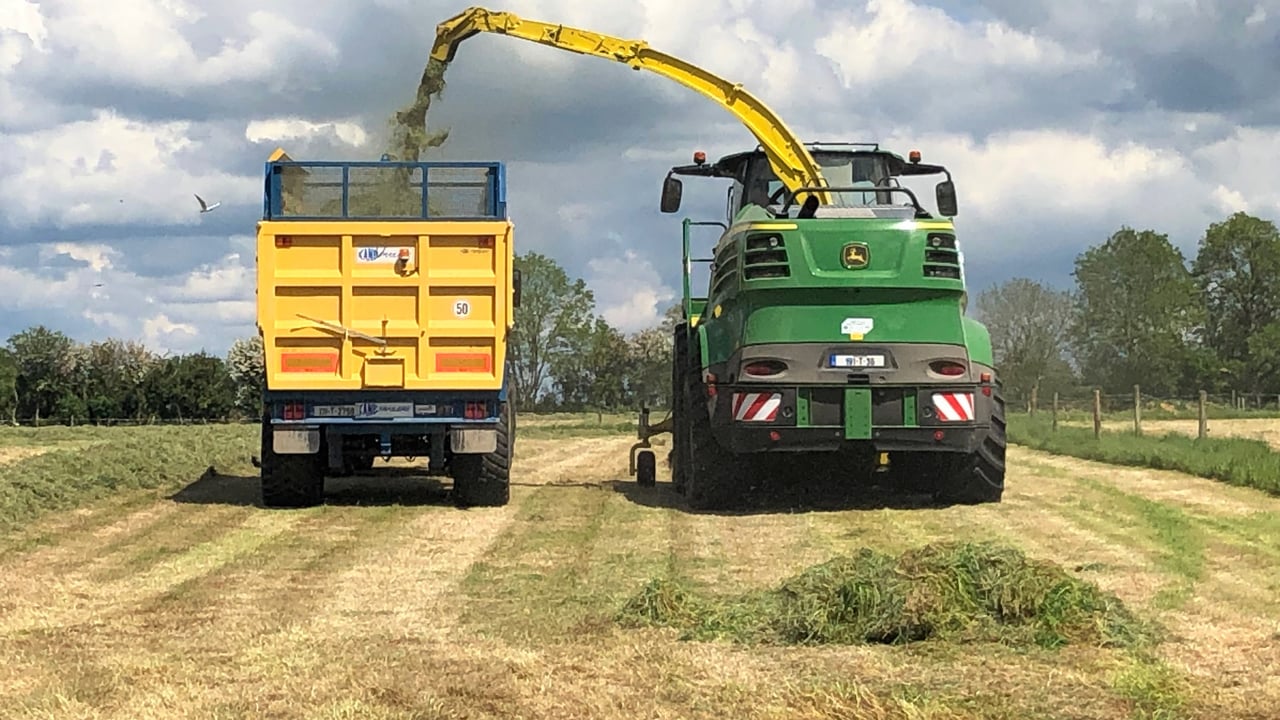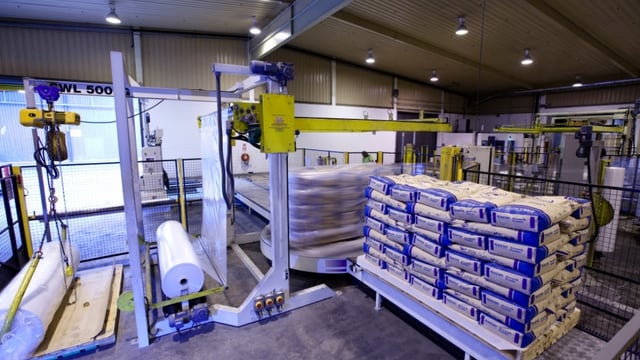Maximising the quality of first-cut silage
Silage can never be as high a quality of forage as the grass from which it was initially made. and it's important to maximise the quality of first-cut silage.
This was the key 'take-home' message delivered by renowned forage specialist Dr. Dave Davies, during his presentation to the recent ‘Making Silage Sense’ webinar, hosted by Alltech.
“This is why it is so important that the quality of the fresh forage ensiled is maximised,” Davies explained.
According to Davies, preparation for silage making should begin as early in the year as possible.
“All dead grasses should be cleaned off silage swards prior to them being closed off. Sheep can do an excellent job in this regard.
"But specifically where silage is concerned; the varieties within the swards should have heading dates that are within seven days of each other.”
Davies confirmed that grass should be cut for silage when no more than 10% of the plants’ stem is visible, adding:
Soil fertility will drive grass growth. Davies confirmed a soil pH of 6.5 as being optimal for grass swards.
“For swards containing 30% plus clover, this figure should be slightly higher,” he stressed.
According to Davies, fertiliser application is all about timing when it comes to maximising grass and subsequent silage quality. He confirmed that slurry must be spread a minimum of eight weeks before cutting if applied to the soil surface.
This figure can be reduced to six weeks if slurry injection or trailing shoe application systems are used.
“If slurry is spread too late, subsequent contamination of the soil with clostridial bacteria will impact negatively on the quality of the fermentation achieved,” Davies commented.
Davies advised a first-cut fertiliser nitrogen application of between 80–140kg per hectare.
“Legumes require little or no nitrogen (N) to be applied at all. A grass sward containing 30% clover can fix up to 150kg of N/ha during a normal growing season,” he said.
"This is no longer the case. A grass test can assess plant sulphur levels. If required, then an application of up to 40kg of sulphite equivalent per hectare is recommended.”
Davies also highly advised grass testing to assess grass crude protein and free nitrate levels in the days running up to harvest.
“These tests should be used to gauge trends,” he commented.“Optimal fermentation will take place if crude protein and free nitrate levels are in the region of 17% and 0.15%, respectively.
Significantly, Davies justified the use of chemical nitrogen fertiliser on silage crops at present, not specifically on the overall yield response received, but on the increase in crude protein nitrogen levels contained within the silages produced.
“Improving the levels of crude protein in silage reduces the amount of protein required, courtesy of bought-in concentrates,” he stressed.
“Grass testing will also allow the farmer to gauge the efficiency of the fertiliser nitrogen applied. If free nitrate levels are significantly above 0.15%, then too much nitrogen was applied in the first instance.
“Conversely, if the free nitrate figure is well below the 0.15% figure, then too little fertiliser was applied to the crop.”
“Cows are designed to eat forage,” Davies added.
InTouch feeding specialist Aislinn Campbell also addressed the webinar. She highlighted the fact that many cows are kept indoors throughout the year.
“This puts even more emphasis on the need to get silage quality consistently right,” she said.
Campbell defined good-quality grass silage as a forage with a dry matter of 30%, an ME of around 12 and a crude protein value of at least 14%.
“It may not be possible for every dairy farmer to achieve these targets on a consistent basis,” she concluded.
“However, it should be feasible for every milk producer to improve the quality of the silage they make on a consistent basis.”





